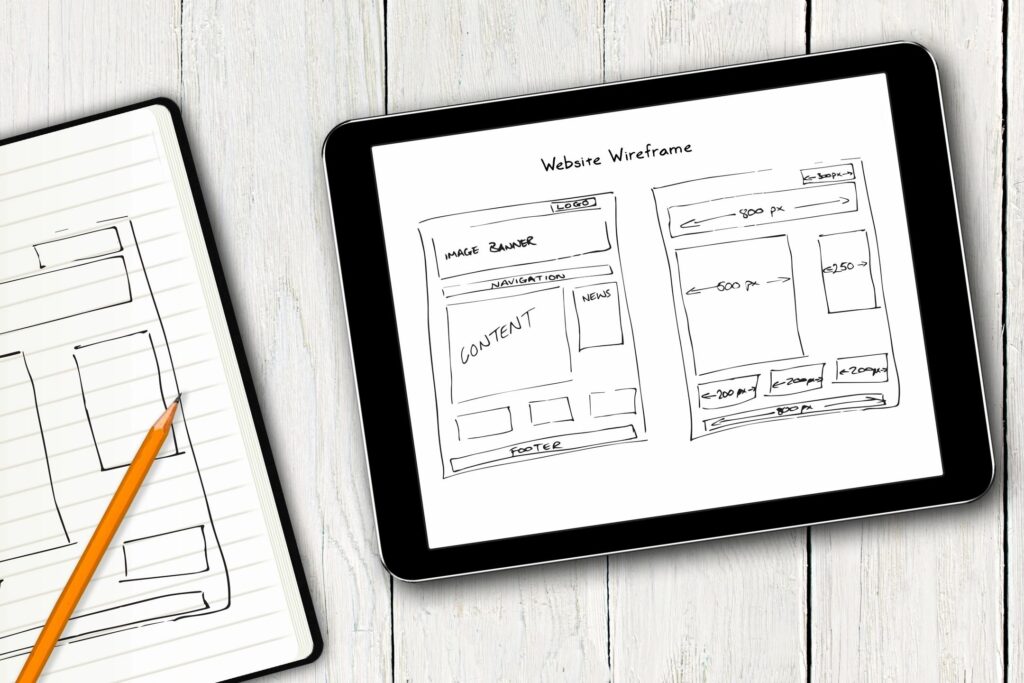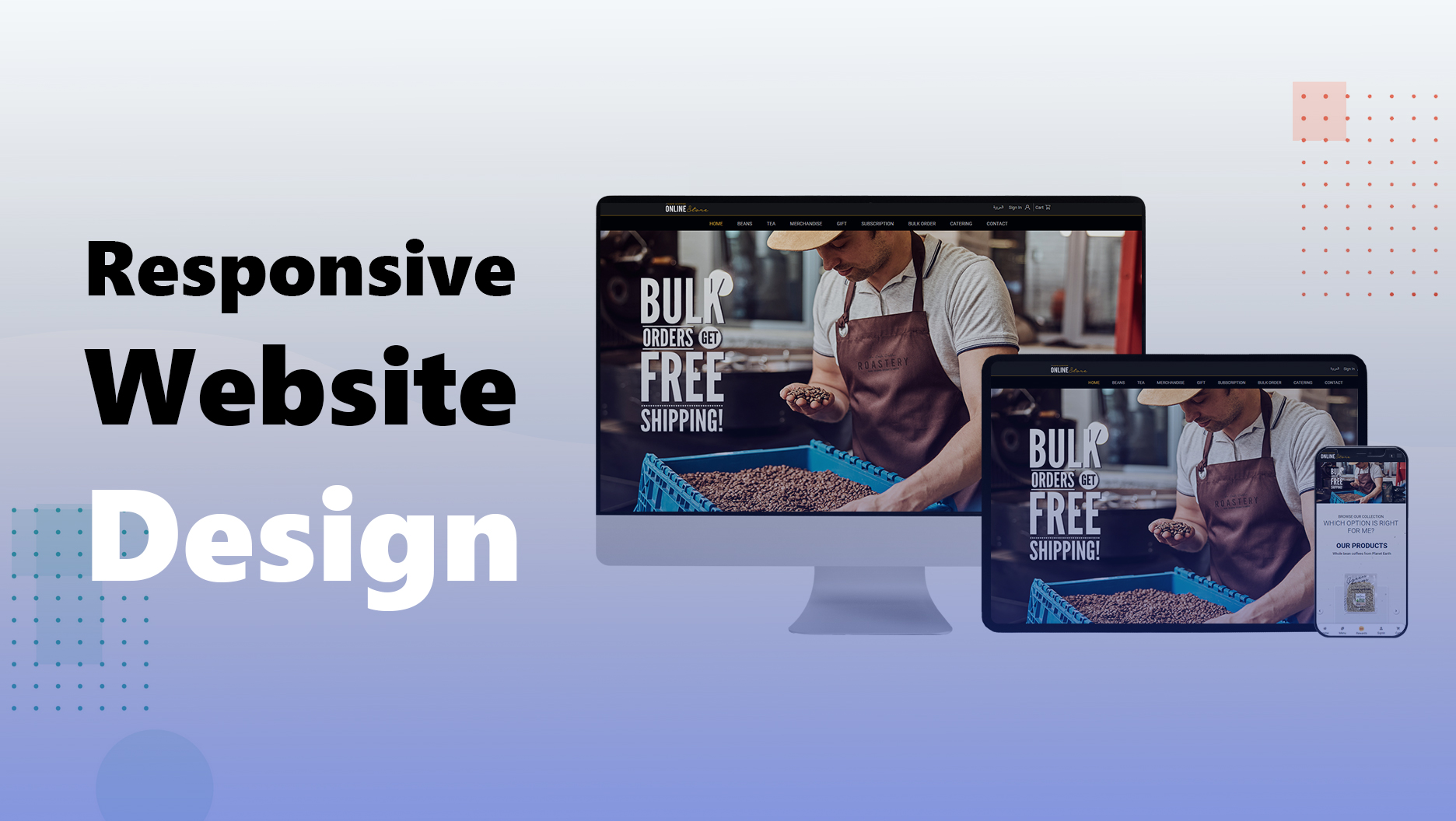In the ever-evolving digital landscape, a well-designed website is your gateway to success. Whether you’re a budding entrepreneur, an artist showcasing your portfolio, or an e-commerce enthusiast, crafting an exceptional online presence is crucial. Let’s dive into the 10 essential steps to create a website that captivates visitors and leaves a lasting impression.

1. Define Your Purpose and Audience
Before you embark on your design journey, clarify your website’s purpose. Are you selling products, sharing your expertise, or building a community? Understanding your audience—whether they’re tech-savvy millennials or seasoned professionals—will shape your design choices.
2. Research & Gather Information
Explore existing websites in your niche. Take notes on what resonates with you and your audience. Seek inspiration beyond your industry—art, architecture, and nature can spark fresh ideas. Remember, originality lies in combining existing concepts in novel ways.


3. Plan Your Content and Structure
Create a sitemap—a visual map of your website’s pages. Start with essential pages like Home, About, Services, and Contact. Organize content logically, ensuring seamless navigation. Simplicity is key; avoid overwhelming visitors with too many options.
4. Select a Website Builder or CMS

A website builder is a tool that allows you to create a website without any coding knowledge. A content management system (CMS) is a more complex platform that gives you more control over your website’s design and functionality.
5. Register a Memorable Domain Name
Your domain name is your digital address. Make it memorable, relevant, and easy to spell. Avoid complex or lengthy names. Once chosen, register it promptly to secure your online identity.
6. Prioritize Security with an SSL Certificate
User trust is paramount. An SSL certificate encrypts data exchanged between your website and users, safeguarding sensitive information. Search engines also favor secure sites.
7. Make your website mobile-friendly
More and more people are using their mobile devices to browse the internet. Make sure your website is responsive and looks good on all devices.
8. Create Engaging Content
Words matter. Write compelling copy that resonates with your audience. Use clear language, highlight benefits, and tell your unique story. Invest in professional photography and graphics.
9. Optimize for Search Engines (SEO)
SEO helps your website rank higher in search engine results pages (SERPs). This means that more people will be able to find your website. Research relevant keywords related to your content. Incorporate them naturally into your text, meta tags, and headings. A well-optimized website ranks higher in search results.
10. Test & Launch
Before the grand reveal, rigorously test your website. Check responsiveness on various devices—desktops, tablets, and smartphones. Verify links, load times, and overall functionality. Once satisfied, hit that “Launch” button!
By following these steps, you can create a website that is both visually appealing and functional. Remember, your website is a reflection of your brand, so make sure it makes a good impression.





